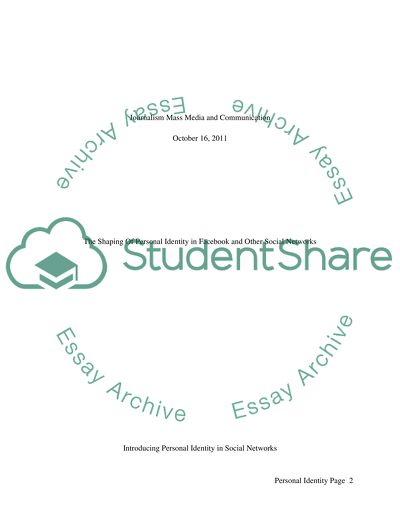Cite this document
(“Personal Identity in Facebook Essay Example | Topics and Well Written Essays - 1250 words”, n.d.)
Retrieved from https://studentshare.org/journalism-communication/1433682-how-is-personal-identity-shaped-and-displayed
Retrieved from https://studentshare.org/journalism-communication/1433682-how-is-personal-identity-shaped-and-displayed
(Personal Identity in Facebook Essay Example | Topics and Well Written Essays - 1250 Words)
https://studentshare.org/journalism-communication/1433682-how-is-personal-identity-shaped-and-displayed.
https://studentshare.org/journalism-communication/1433682-how-is-personal-identity-shaped-and-displayed.
“Personal Identity in Facebook Essay Example | Topics and Well Written Essays - 1250 Words”, n.d. https://studentshare.org/journalism-communication/1433682-how-is-personal-identity-shaped-and-displayed.


